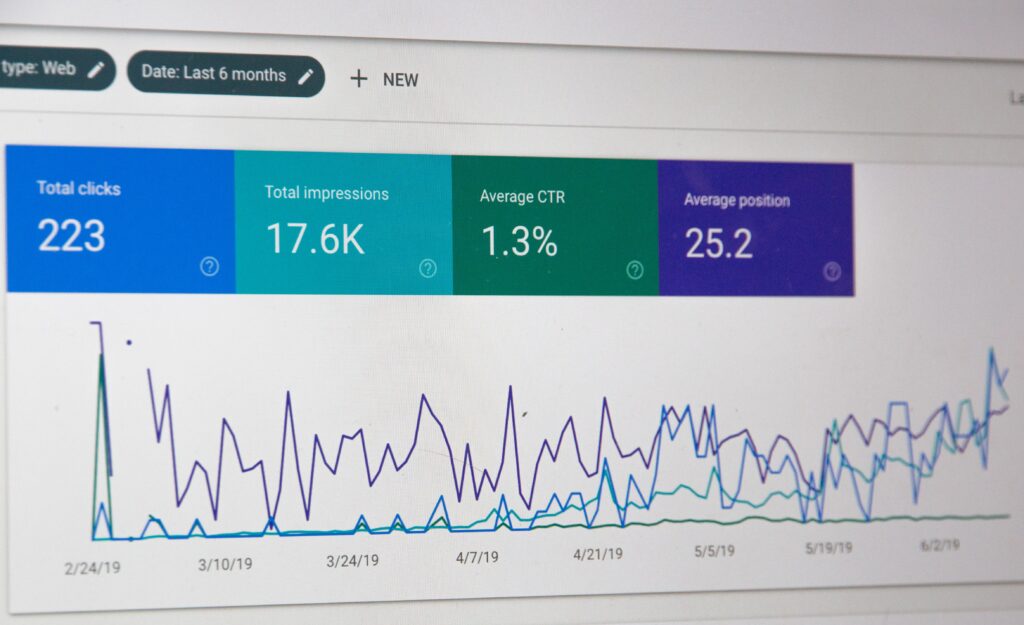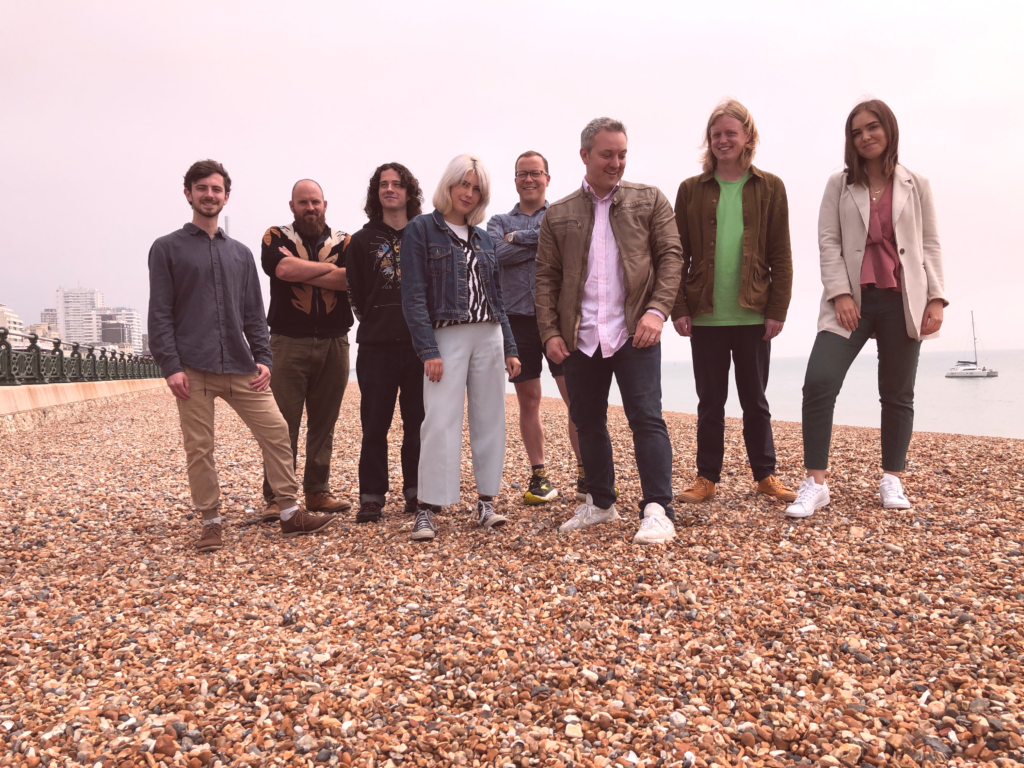So you’re looking to find out how SEO (search engine optimisation) works? Maybe you’re here to find out how search engines themselves work? Maybe you have a new job in SEO or would just like to optimise your blog a little better? Whatever your reason for visiting, we created this simple step-by–step starter guide on how search engines work and how to get them working for you.
What is SEO?
To begin with, we need to understand what SEO actually means. It stands for ‘search engine optimisation’ and involves optimising websites and individual web pages using a variety of different methods, including linking between various pages, optimising content for relevant keywords (i.e.: words or phrases that searchers will enter into search engines to find your website), amending the site structure and much more besides. The aim is to bring about an increase in the quantity and quality of organic traffic to your website through improved keyword rankings.

What is a search engine and how does it work?
Search engines are machines that search the internet to discover its content and organise it, so that they can return the most relevant pages based on queries that the user ‘asks’ it. Search engines are everywhere – it’s highly likely that you used a search engine to find this page! A few examples are Google, Bing and Yahoo. But search engines aren’t limited to just general web search, they are also there when searching on sites such as YouTube or the app store on your phone.
There are 3 main stages that a search engine undertakes on an ongoing basis:
- Crawling: This is when a search engine uses robots (known as spiders or crawlers) to look through the internet via URLs. It then scans the content and code to get a better understanding of what the page is about.
- Indexing: The next step is storing and organising the content found during the crawl. Indexed pages have the potential to be returned when relevant queries are searched for. Pages that are marked as non-indexable by the author or pages that contain poor quality content (determined by the search engine) will be non-indexable (therefore not visible to users searching for it).
- Ranking: Finally, the ranking stage is all the indexable pages being displayed in the order of significance, based on what a search engine considers to be the best content, and what is most relevant to the query searched.

The Basic Steps of SEO
As intimidating as it may seem trying to understand huge search engines such as Google, and trying to comprehend the processes they take in order to rank your website, SEO can be broken down into some simple steps if you’re willing to put in a little bit of research.
Keyword Research
The main aim of keyword research is to have a better understanding of what your content should be targeting (from specific keywords to questions to the general overarching topics). This not only makes the content more relevant for your users, but it also gives your pages a higher chance to be ranked by search engines. This allows you to understand your audience better and how they search for your content. It is one of the fundamental building blocks of SEO.
On-Site Optimisation
Now you’ve chosen your keywords, begin to organise them by groups (categorising similar keywords by topic can be a good way to go about this). These groups will essentially act as your pages and tell you what content to create and which keywords to include. Remember, search engines aren’t the only ones you’re trying to impress with your content, it’s the users too. Keep it natural and informative and you increase the chances of being favoured by both.
There are some things to avoid too such as creating thin or duplicate content and keyword stuffing (where you try to include too many of your keywords to the point where it comes across as unnatural).
Internal Linking
So you’ve got all of your material written down to the T with valuable information and engaging content. But now we need to ensure that search engines know where particular pages sit within your site and how they relate to one another. This brings us to internal linking. Internal linking is a part of technical SEO (more of which we’ll cover later in a more advanced guide) that points the crawler to relevant pages. This can be done in two ways: vertical linking and horizontal linking.
Vertical linking is where pages link up and down through the ‘depth’ of a site. It is most easily recognised when a page’s URL segments off to ‘child’ pages or links back up to the ‘parent’ page above it (Our services page vertically links down to the content marketing page). Horizontal linking happens when ‘sibling’ pages link back and forth between each other. A few good practices to include are breadcrumbs (where the route taken from the home page to the current page is illustrated, see below) and anchor text (where you have relevant keywords in your copy that could link through to another one of your pages).

Link Building + Authority
As search engines start to build up a picture of what your pages are about and how to index them, it’s time to make the authority of your pages (and domain) stronger so that you rank better than your competitors. Linking and authority are almost like a popularity contest for web pages; when more links are directed towards a certain webpage, search engines see their importance and tend to favour them more, lending them a higher authority and therefore a higher chance of ranking for the page’s target keywords. A popular way to gain links for your content from other websites is to write feature content on other peoples websites, run competitions or perform studies that are interesting enough for other people to use the data from them. There are, of course, many different ways to ‘build’ links, as long as you remember that it’s all about people using your content that is useful to them (i.e.: links should be placed on sites that are relevant to yours, where the readership will cross over, wherever possible).

Measuring Results and Prioritising Practices
So now you’ve undertaken the steps shown above, it’s important to measure which ones were the most effective (to know which steps to repeat or which metrics to show your clients if you’re an agency). There are many different metrics to measure, with plenty of either paid or free tools to do so. We recommend taking benchmarks at the beginning before you apply any changes, and then monitor results after the changes are implemented, to gauge a real comparison of the effects your work has had. Some metrics to measure include:
- Keyword Rankings: Google Search Console reports on the average ranking of your keywords over time, or you can set up custom rank tracking for more granular analysis, and also to monitor competitors’ rankings.
- Search Traffic: This is how many people visited your page (or website) over a specified period, through search engine results.
- Click Through Rate: Click through rate (CTR) is the amount of people who visit your page as a percentage of the total number of people that see it (impressions) on a search results page.
- Bounce Rate: Bounce rate, measured as a percentage, is the proportion of people who enter your website but leave again without going through to another page (make sure your content is easy to find and engaging to improve this metric).
- Conversion Rate: This one is more specific to a certain onsite action. Say if you were an e-commerce site, the conversion rate would be the proportion of sales you get compared to the number of visitors on a certain page. If we’re talking about a blog post, the conversion rate could be the percentage of visitors that signed up to an email newsletter.
With these metrics recorded, be sure to compare which SEO methods are improving your pages the most for you. You can determine your quick wins by weighing up the benefits versus the time taken and begin to implement these for more of your pages.
So now you’ve got an idea of how to optimise your website and how search engines work, why not try implementing these practices and seeing your very own website climb through the ranks? Let us know how you get on, and be sure to reach out to us if you need to turbocharge your SEO efforts and take them to the next level.

